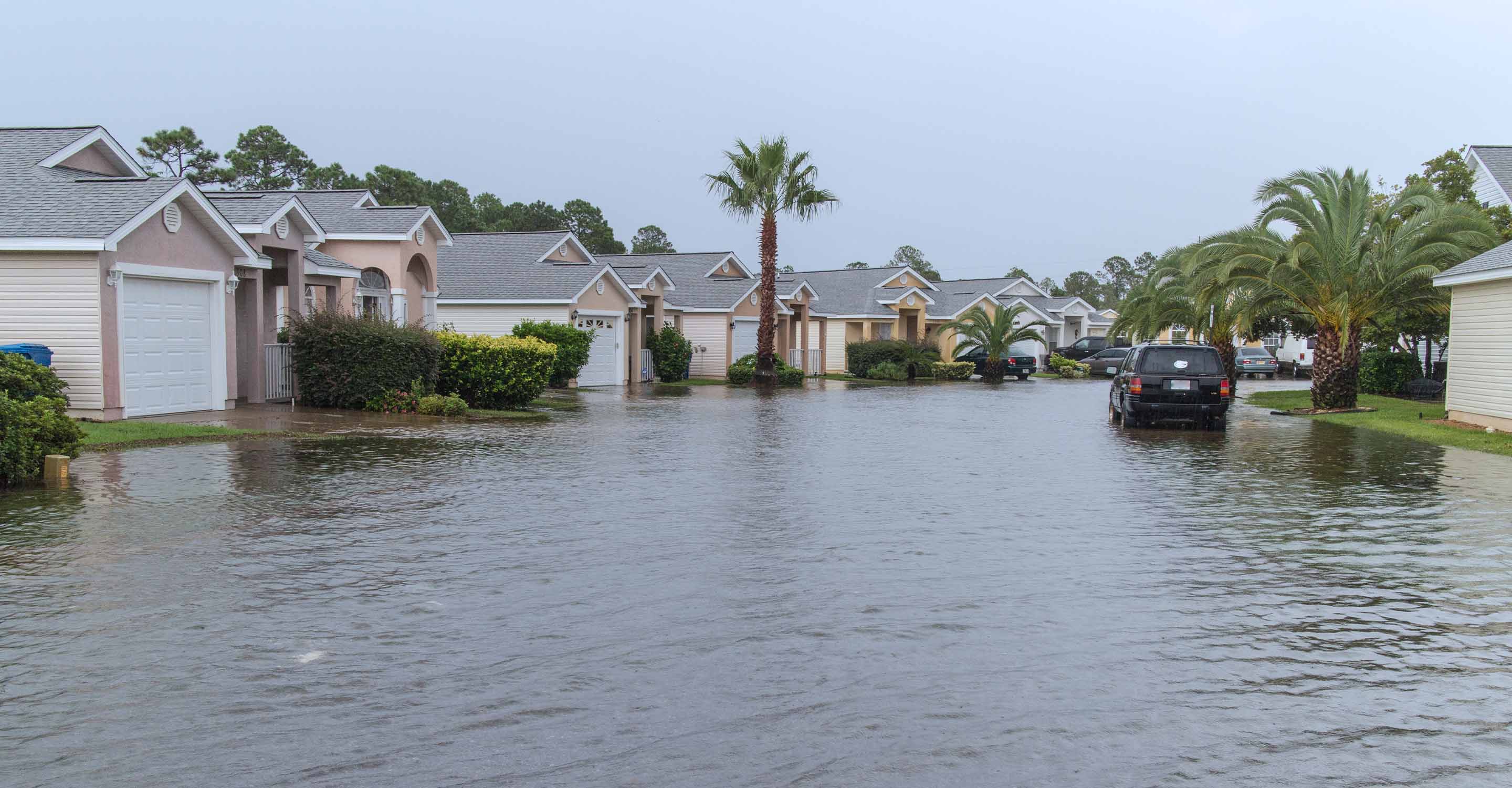Hapur air quality map
Live air pollution map of Hapur
3.5K people follow this city
Full screen
Contributors category
0
Government
0
Educational
0
Non-profit organization
0
Corporate
0
Individual
0
Anonymous
Station(s) operated by

*IQAir’s AQI data modeled using satellite data. Learn more
Health Recommendations
| Sensitive groups should reduce outdoor exercise | |
| Close your windows to avoid dirty outdoor air GET A MONITOR | |
| Sensitive groups should wear a mask outdoors GET A MASK | |
| Sensitive groups should run an air purifier GET AN AIR PURIFIER |
Hapur does not have air sensor data
Be the first to measure and contribute air quality data to your community.
Understand air pollution and protect yourself
Hapur MAP AIR QUALITY ANALYSIS AND STATISTICS
How much information about air quality is there on the air pollution map for Hapur?
The air pollution map for Hapur is easily accessible from the main city page. The map icon will be seen at the top of the page and by selecting it, a new page will open which is filled with information about the current state of the air.
One of the first things a viewer will notice is the overall colour of the map’s background which is a visual indication of the current state of the air. It is a dark orange/brown which indicates “Unhealthy” air quality. The colours range from pale green to dark maroon where the darker colour represents worsening air quality. They are standard colours used across the entire IQAir website. There would usually be several coloured discs scattered across the map which represent the locations of the ground-level air monitoring stations. Hapur has no such physical stations, relying instead on data collected by overhead satellites. When the map is slightly expanded there are many discs to be seen around Ghaziabad and New Delhi.
At the centre of each disc is a number which is the United States Air Quality Index reading or US AQI for short. This figure is calculated by taking measurements of up to six of the most commonly found pollutants in city air. These pollutants are usually both sizes of Particulate Matter (PM2.5 and PM10), ozone, nitrogen dioxide, sulphur dioxide and carbon monoxide. Once established, it is used as a standard when comparing air quality in different areas across the world. It is endorsed by the World Health Organisation (WHO).
Going back to the main city page, the coloured banner across the top of the page shows the air quality in February 2023 was “Unhealthy” with a US AQI reading of 157. The colour of the banner reflects this with the use of a colour. The asterisk to the right of the reading shows that the figure was derived from satellite data. The main pollutant was PM2.5 with a recorded level of 66.2 µg/m³ which is over thirteen times the suggested target figure of 5 µg/m³ as recommended by the WHO.
Is there any more fascinating information about air quality on the air pollution map for Hapur?
There is a lot more useful information about air quality on the air pollution map for Hapur, but the screen needs to be viewed in full- screen mode to be able to see all the information there is. The icon to enable this is found at the top right-hand side of the screen.
Once viewed in this way, there will be four choices that appear on the left-hand side of the screen. They can all be turned on or off individually to see the effects they each have on the map.
The first option would show the positions of the ground-level monitoring stations but, as already stated, Hapur has no such physical stations. The second option shows the position of any fires that might be burning in the vicinity. In early February 2023, there were no fires detected that were burning out of control. If fires are burning in the area, then option four needs to be consulted because it shows the speed and direction of the prevailing winds and could give an indication of where the smoke may blow.
The third option is very theatrical as it changes the background colour of the map to show the current air quality. Currently, it is a very dark red which indicates “Unhealthy” air quality. If the colour is too distracting, the option can be deactivated and the colour then will revert to a more natural one.
The remainder of the information about air quality can be found on the right-hand side of the screen. A table is seen here that ranks the top seven cities according to their levels of cleanliness. The rest of the participating world cities can be seen in the full-ranking section where they are listed in descending order.
Is the source of the polluted air shown on the air quality map for Hapur?
The source of polluted air is not directly shown on the air pollution map for Hapur but it is known that pollutants from the combustion of fossil fuels, burning wood and dung cakes, mining and industrial processing are the major sources of air pollution.
Air pollutants such as sulphur dioxide and nitrogen dioxide are emitted from petroleum refineries. Vehicles emit pollutants such as carbon monoxide, carbon dioxide, nitrogen oxides and smoke. Mining of various types of ores emits dust and particulate matter into the atmosphere. Air pollutants such as chlorofluorocarbons (CFCs) are emitted from the use of refrigerators, air conditioners and aerosol sprays.
Industrial processes and thermal power plants emit air pollutants such as oxides of sulphur and nitrogen, hydrocarbons, carbon dioxide, carbon monoxide, lead, etc. Smog, which is made up of smoke (containing oxides of nitrogen) and fog, causes air pollution in cities.
PM2.5 is always quoted on the air pollution map for Hapur, but what is it?
Dust is a complex mixture of inorganic and organic particles in liquid or solid form suspended in the air; including sulphate, nitrate, ammonia, sodium chloride, carbon black, mineral dust and water.
Dust or compounds present in dust are collectively known as Particulate Matter abbreviated to PM. The best known microscopic fine dust particles are PM10 which are dust particles between 2.5 and 10 µm in diameter (µm stands for micrometre or micron, the size of one millionth of a meter). PM2.5 are dust particles with diameters less than or equal to 2.5 µm.
Fine particulate matter PM2.5 and PM10 can be generated from nature such as forest fires, desert dust, volcanic smoke, sandstorms, and tornadoes, or from biological waste such as pollen and fungal spores. But most dust is generated from human activities through burning charcoal, the combustion of fossil fuels, dust from construction sites, street dust, burning garbage, industrial smoke, deforestation and smoke.
PM2.5 and PM10 enter the respiratory tract when people breathe, but the level of penetration varies according to the particle size. While PM10 enters the body through the airways and accumulates in the lungs, PM2.5 is especially dangerous because they are so small that they can enter the lungs, pulmonary veins and enter the bloodstream.








